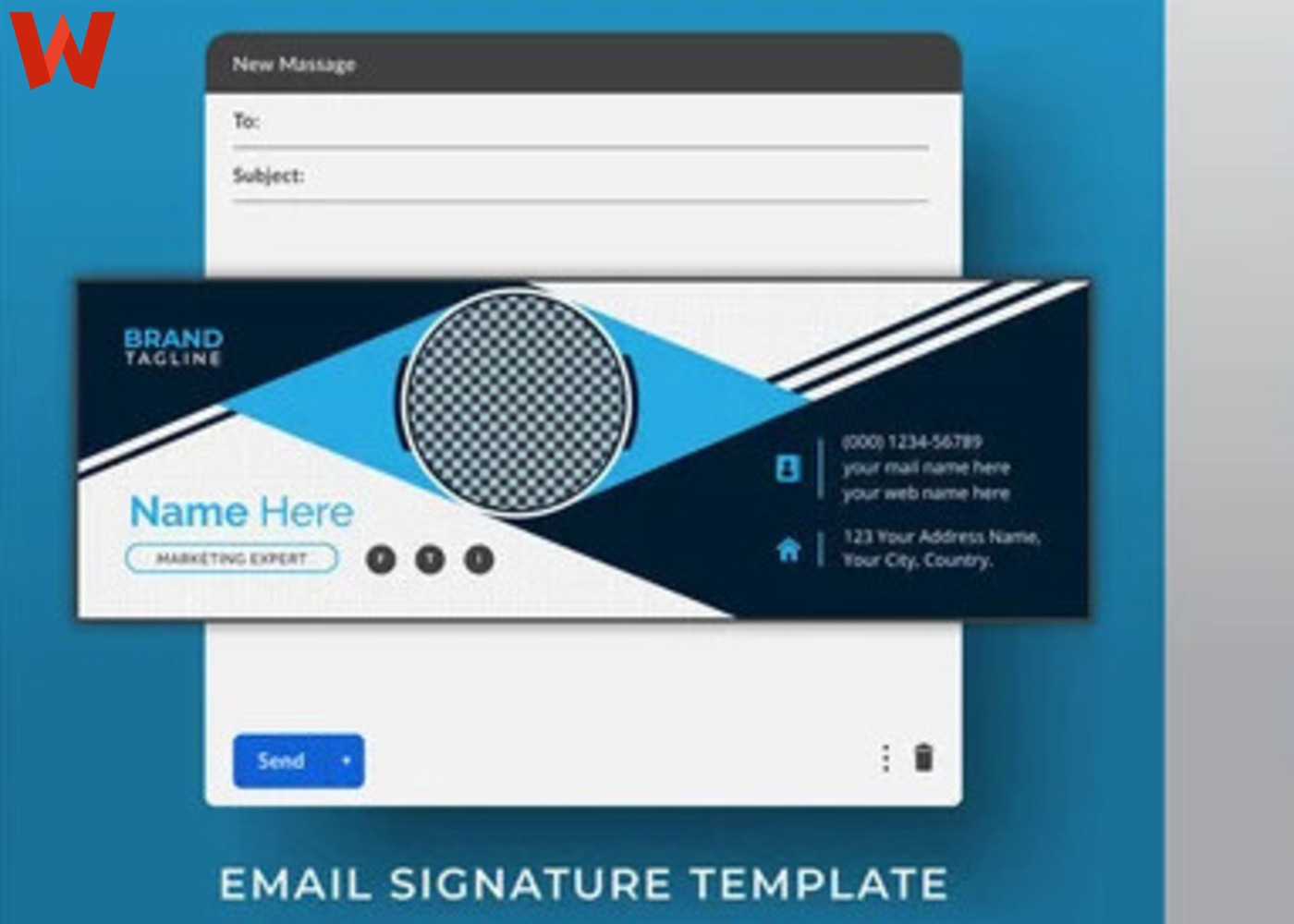
Why is everyone suddenly talking about VoIP?
Growing up as a science student was fun, especially when you study Computer Engineering as a course and have intelligent lecturers who do well in lectures, likewise instilling the need to get acquainted with some of the highlighted curriculums for the semester.
In one of such bouts, topics like networking remain fresh in my memory for many reasons from the opportunity to show off while seating beside Lydia, our class governor, who keeps asking me to explain some grey areas she stared at the board for long to get clarity. Network topology, networking essentials, and internet protocol were some easy marks to jump on as a student. Pardon me, but writing this post just brings back memories. [LOL]
As time gradually rolls by, and the weight of life levels up, the modern-day digital age has made us see a couple of innovative technological advancements from one landmark, down to another, and a revisit to something I found interesting from my tertiary education days.
Today’s post will focus on a familiar but recent trend in communication and Internet Protocol. And at the end of this read, you will understand what VoIP means, its pros and cons, and why everyone has been talking about it.
What is VoIP?
Just as Wikipedia defines it, "Voice over Internet Protocol [VoIP], also called IP telephony, is a method and group of technologies for the delivery of voice communications and multimedia sessions over Internet Protocol networks, such as the Internet."
VoIP as phone technology allows one to make and receive phone calls using the internet as opposed to conventional phone lines.
With VoIP, you can make and receive business calls from a laptop, or smartphone with the aid of an App, a tablet, and even VoIP-compatible office phone sets.

How VoIP differs from conventional phone calls
VoIP uses a different method for connecting calls compared to traditional telephony systems that use the circuit-switching method for connecting calls.
With the circuit-switching method, one tends to make a call through the Public Switched Telephone Network (PSTN) and then stay connected in a circuit to the person at the other end.
While circuit switching technology has been around for over 100 years and has proven reliable and efficient, VoIP, on the other hand, uses the "packet switching method."
With the packet-switching method, data is only sent when needed. This act means that every time one speaks, an instant connection is created, and it doesn’t need to go either way all the time since both parties will not be speaking together.
What are the advantages of VoIP?
1. Ease in scalability.
Unlike a traditional phone service that requires extra money for expensive hardware on a dedicated line, VoIP allows you to add team members with a few clicks from your account dashboard.
With VoIP working on all smartphones, one can avoid additional equipment costs and free up desk space by simply having team members install the app on their phones.
2. Mobility.
VoIP eliminates the conditions of only accepting calls while at one’s desk at the office. With the use of the app on one’s device, you can answer incoming calls from any location.
For teams that are working remotely or on the field, this is a significant advantage. Additionally, it is excellent for travelers.
3. Save cost.
Most VoIP phone service providers frequently offer free, unlimited domestic calling, while international calls are relatively inexpensive. The fact that VoIP has lower monthly costs for both domestic and international calls is one of its biggest benefits.
With VoIP, you tend to spend less on maintenance and repair costs than you currently pay to your landline phone provider.

What are the drawbacks of VoIP?
1. You need a strong Internet.
Considering that the communication channel is via the internet, you will be required to have good internet strength to enjoy conversations when necessary.
If you have bad internet, you may struggle with the use of this service.
2. Power outage.
You must remember that with VoIP, you are not only concerned with the battery life of your device, but also with your internet connection. This act means that once there is no power on your internet device, you are unable to initiate calls.
This is a major demerit to this remarkable innovation.
Conclusion.
VoIP has enjoyed wide acceptance by companies and tech-savvy individuals, aside from the convenience it brings while communicating, users tend to save cost, and scale, and worry about deployment whenever they must set up another location.
While this appears too good to be true, VoIP also has its constraint of being limited to a good internet connection, speed, and the dependence it requires from the internet device to always stay fully charged before communication can occur.
Nov 19, 2022 by oluwafemi-smith 1.8K Views
Share This Post :
 Facebook
Facebook
 Twitter
Twitter
 Linkedin
Linkedin
 Telegram
Telegram
 WhatsApp
WhatsApp
 Pinterest
Pinterest



